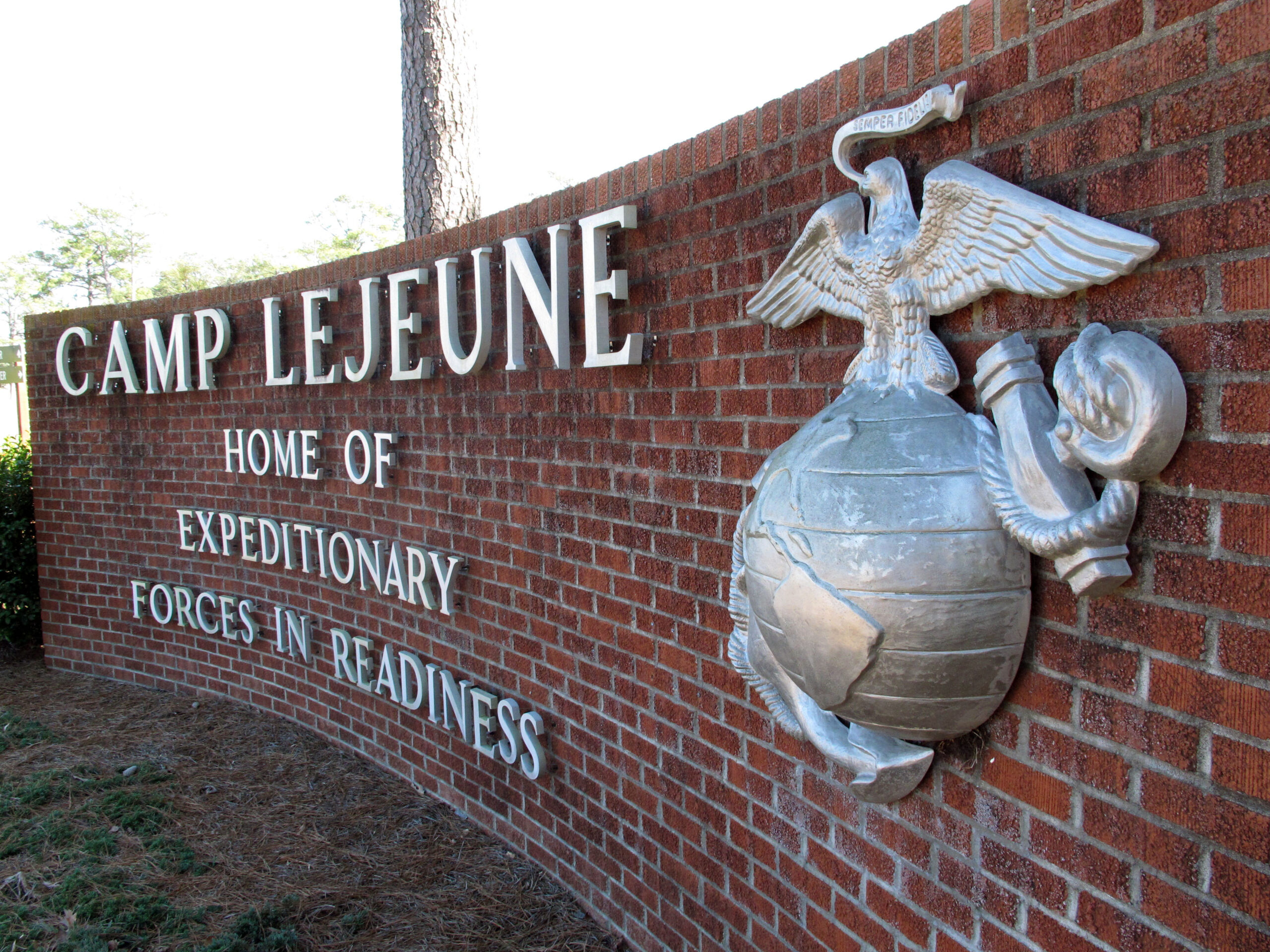
For three-and-a-half decades, Camp Lejeune supplied those living in it with water contaminated by volatile organic compounds. These compounds included things such as degreasers, dry-cleaning solvents, chemicals used on heavy machinery, and nearly 70 more kinds of substances.

Specific compounds found in drinking water at Camp Lejeune include tetrachloroethylene (PCE or PERC), trichloroethylene (TCE), vinyl chloride, and benzene.
These volatile organic compounds are believed by experts to have leaked into drinking water sources from waste disposal sites and underground storage tanks near the base. They also came from military operations and nearby businesses. Specifically, contaminated water flowed to the base from two water treatment facilities: Tarawa Terrace Treatment Plant and Hadnot Point Treatment Plant.
There are many different health issues connected to the contamination of drinking water at Camp Lejeune. More than 1 million people who lived or worked at the site from 1953 to 1987 may have developed one of these conditions as a result of the contamination.
Health issues known to be associated with water contamination at Camp Lejeune include:
Veterans, military personnel, and family members who lived at Camp Lejeune between the mid-1950s and 1980s and subsequently developed health issues linked to the water contamination may be eligible to file a lawsuit.
If you’re unsure whether you qualify, an attorney experienced in environmental exposure cases can help determine your eligibility at no cost to you. If you or a loved one developed severe health problems after living at Camp Lejeune, it’s important to seek legal counsel as soon as possible.